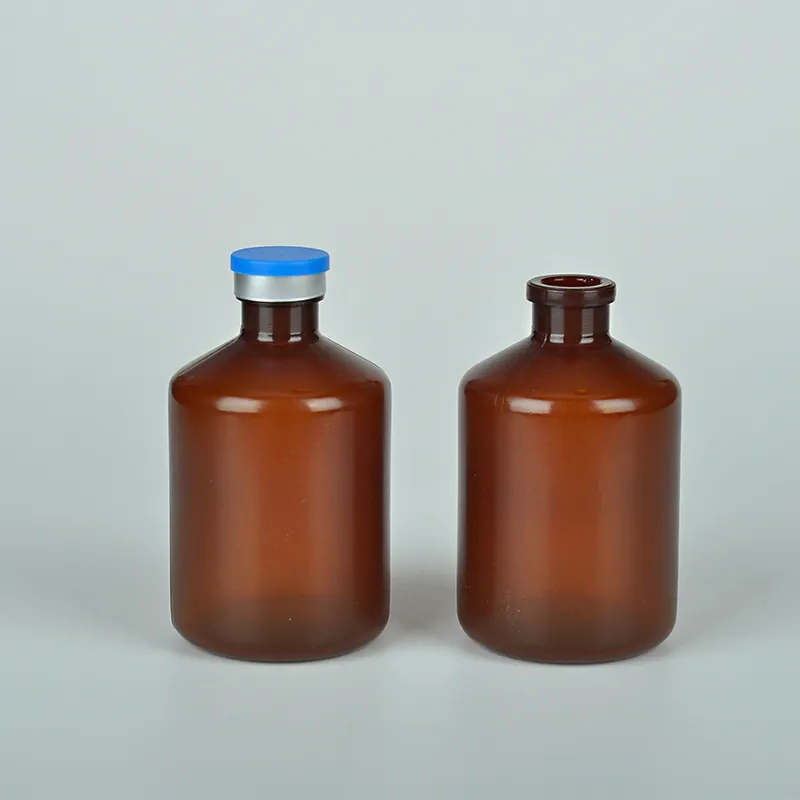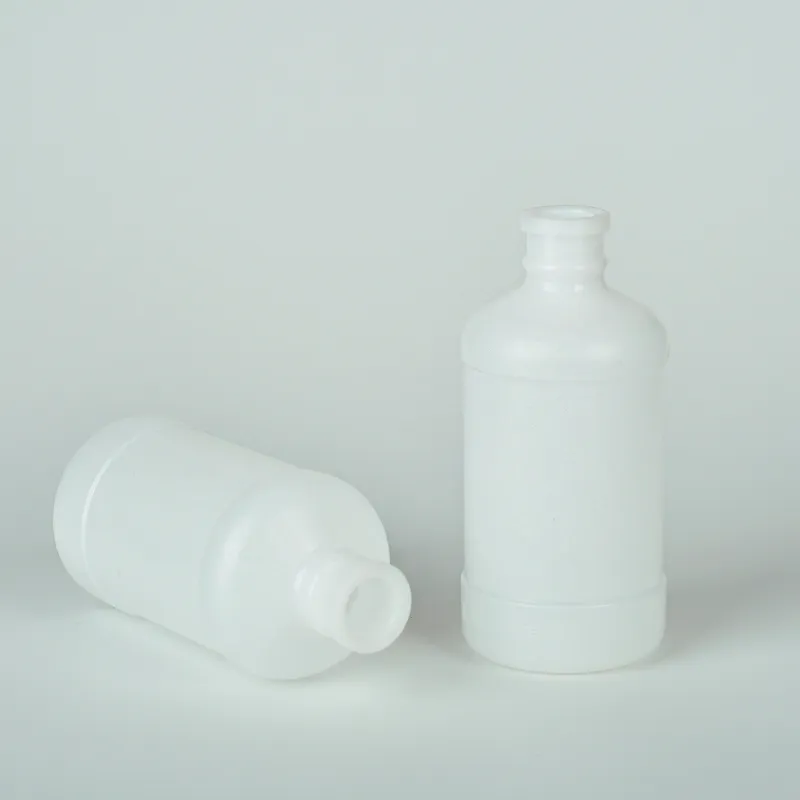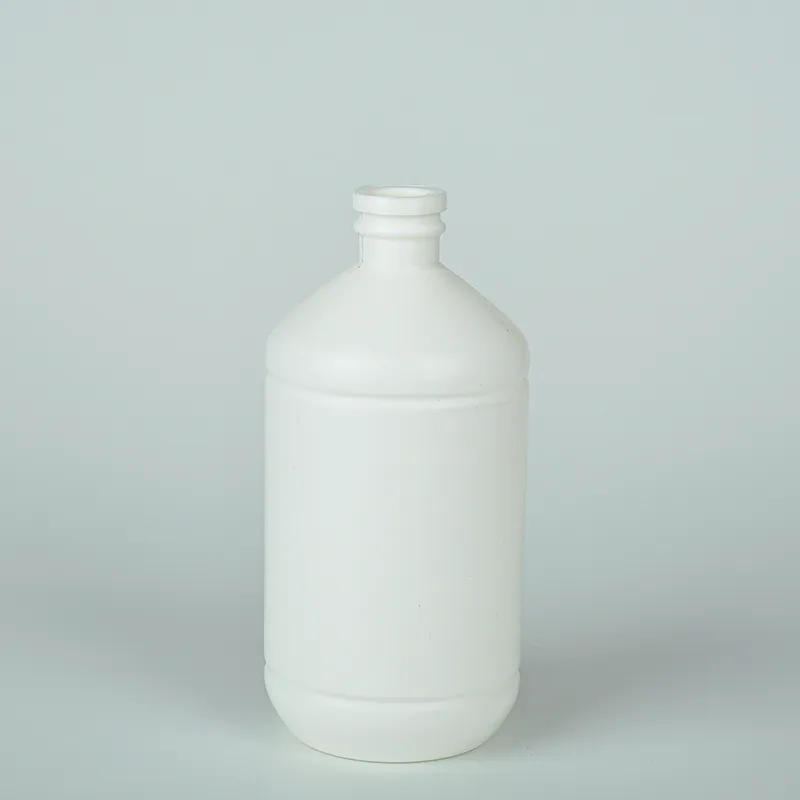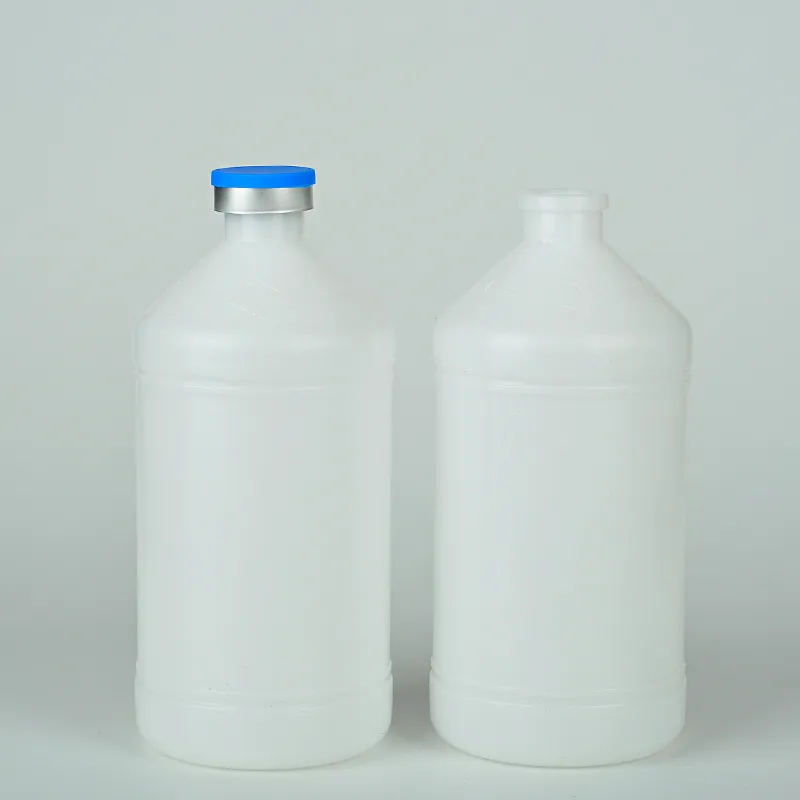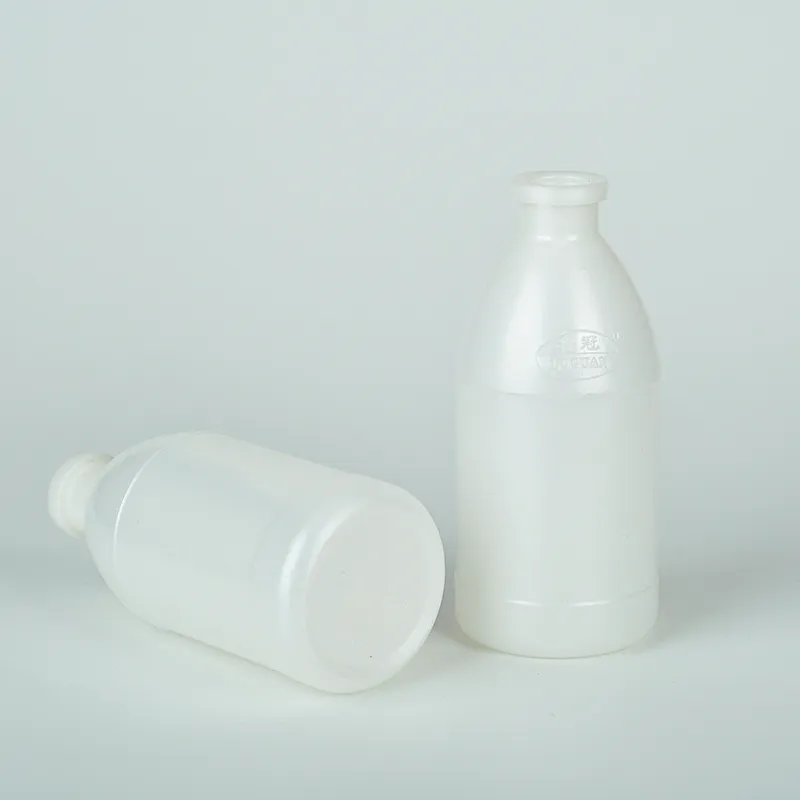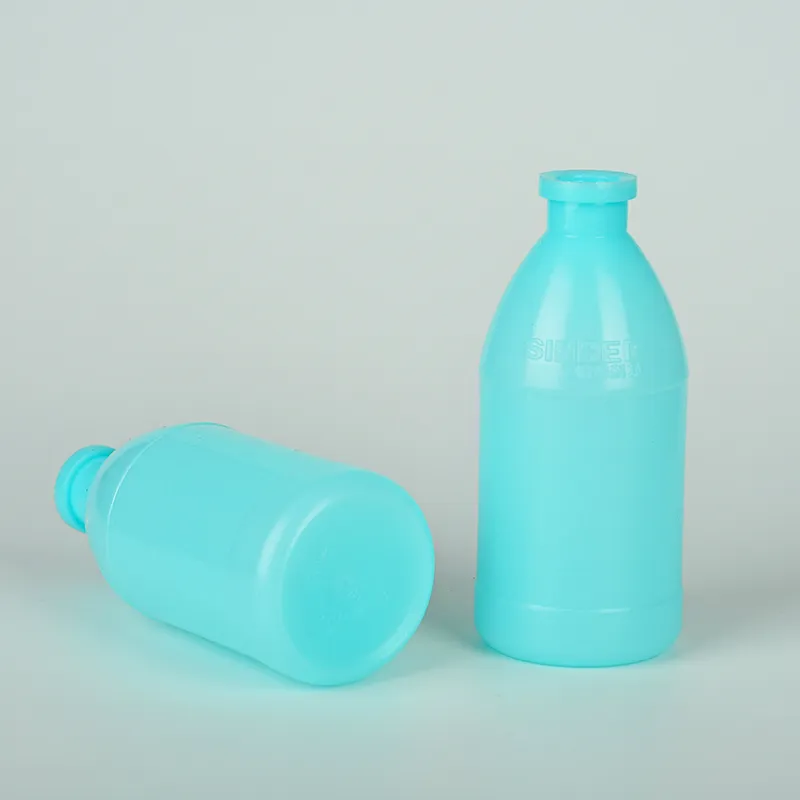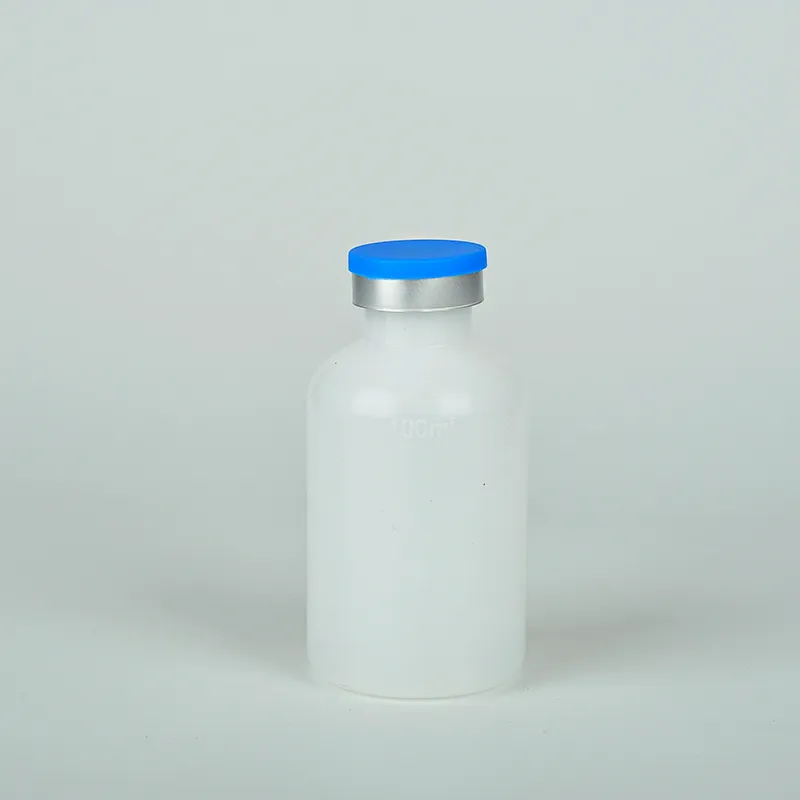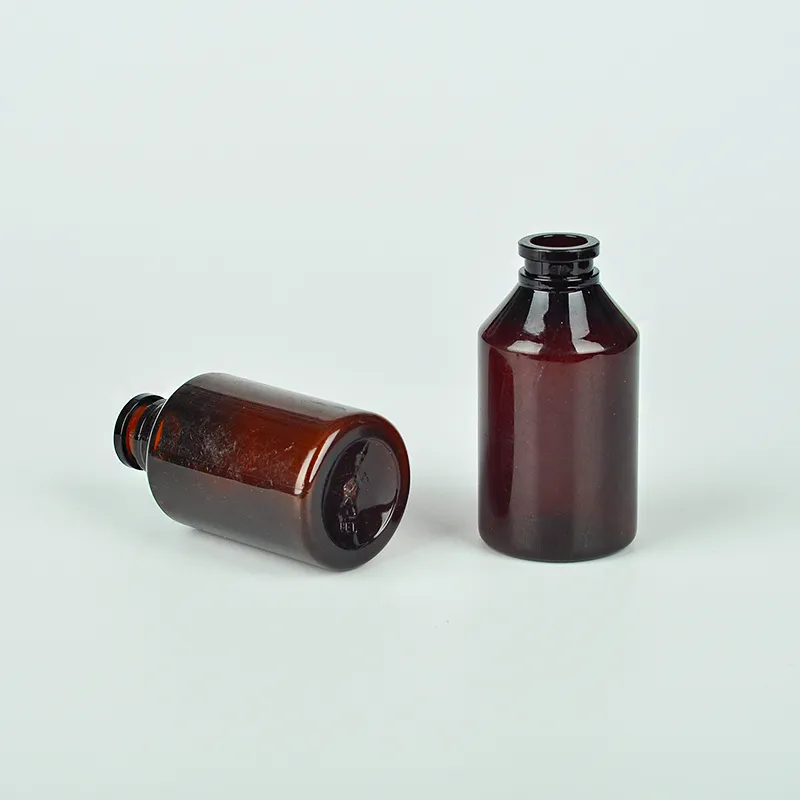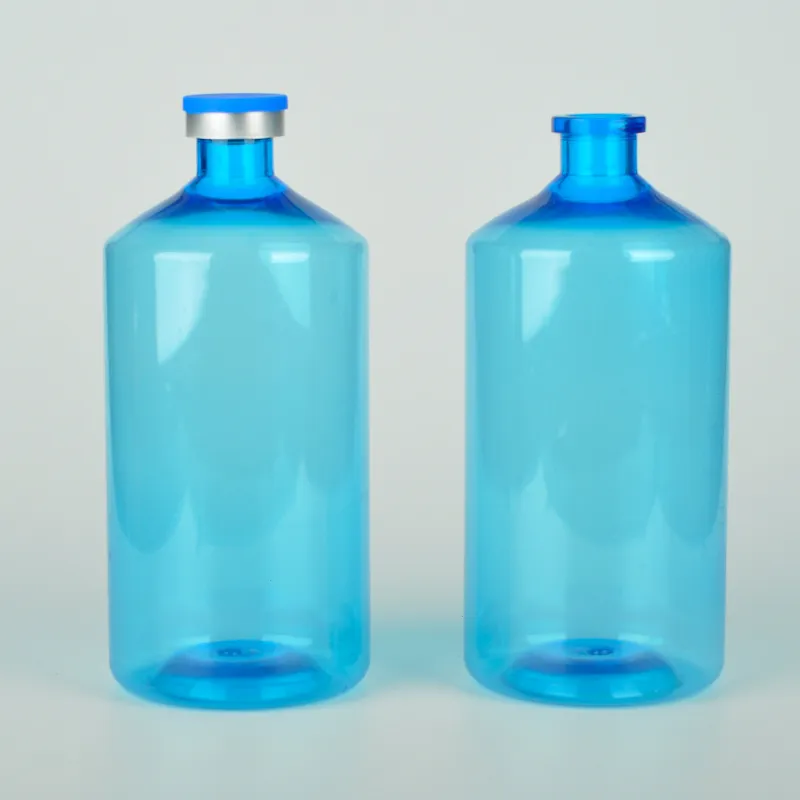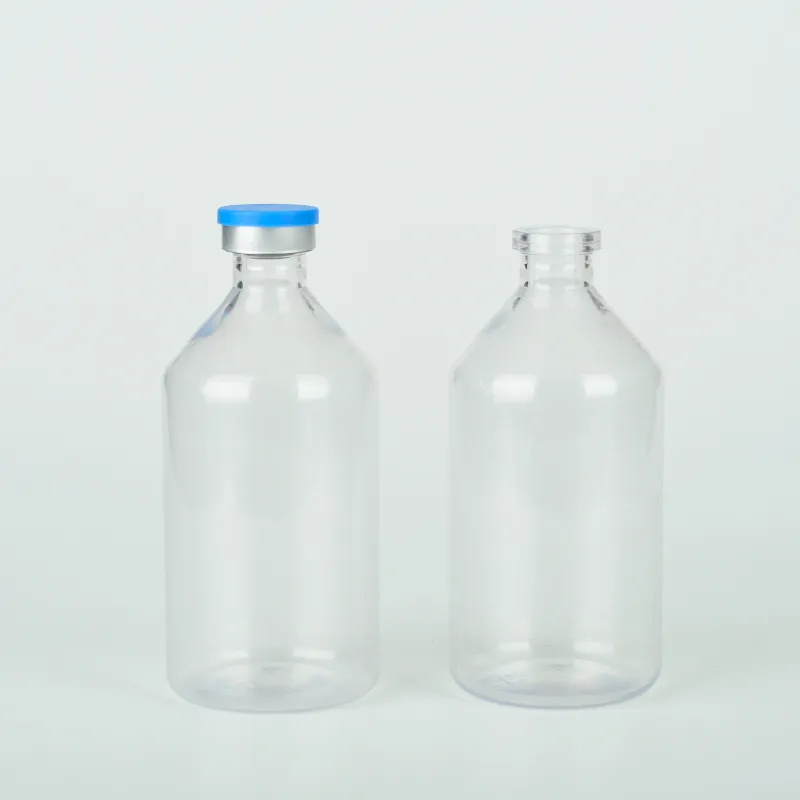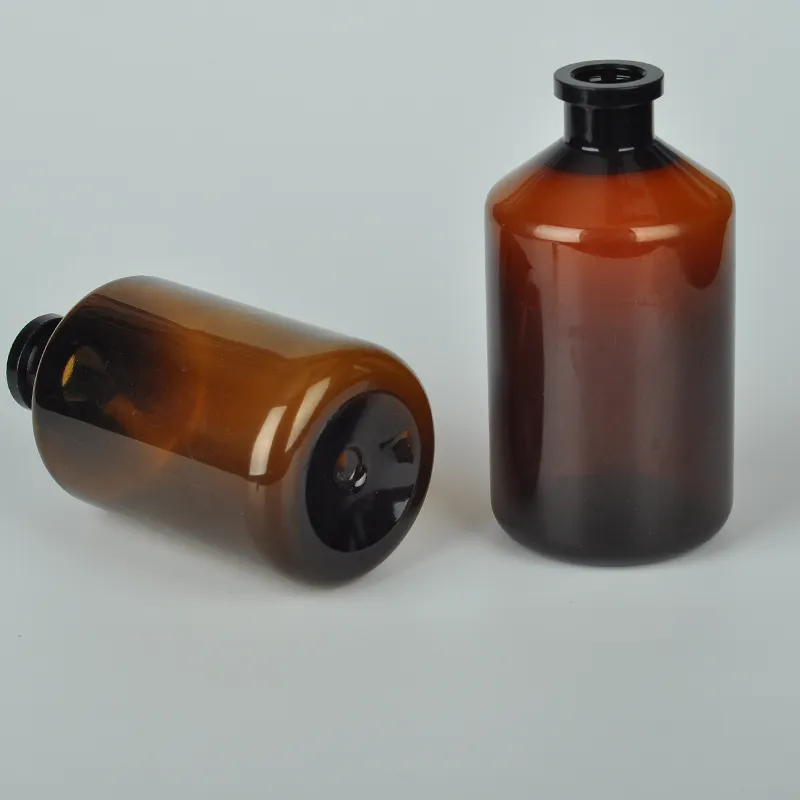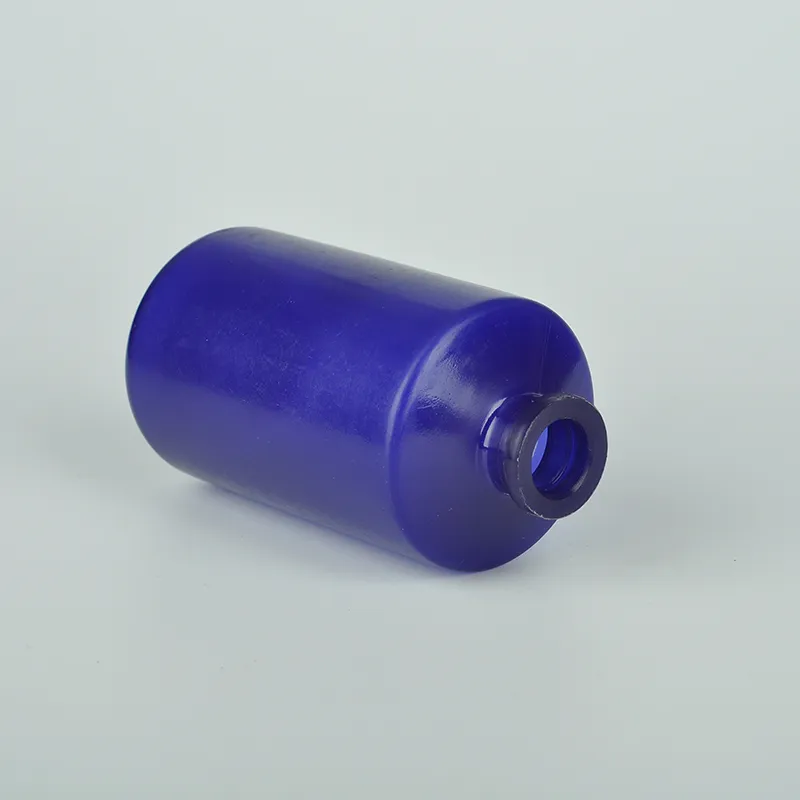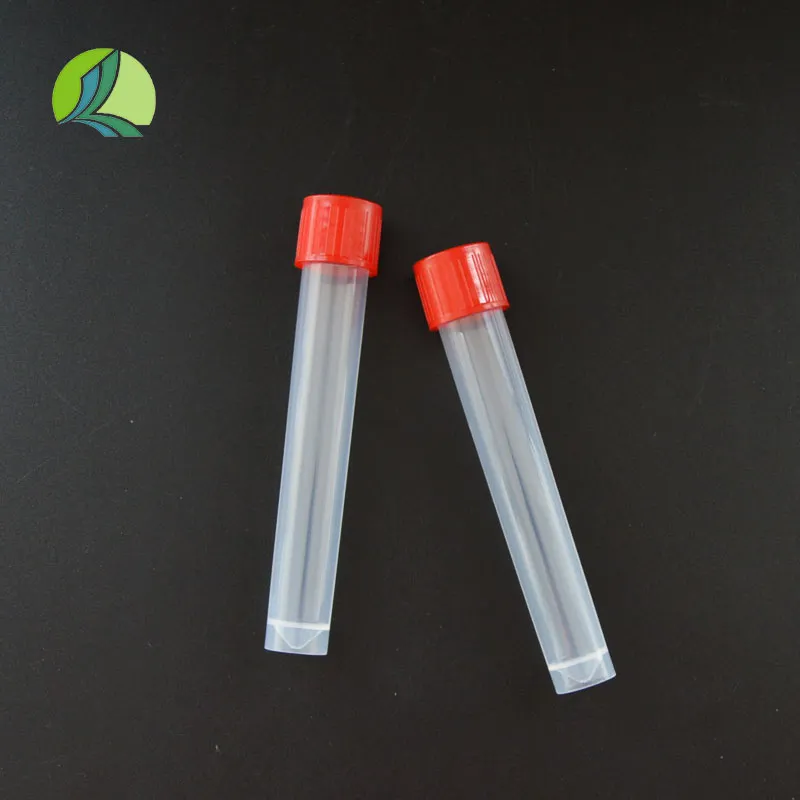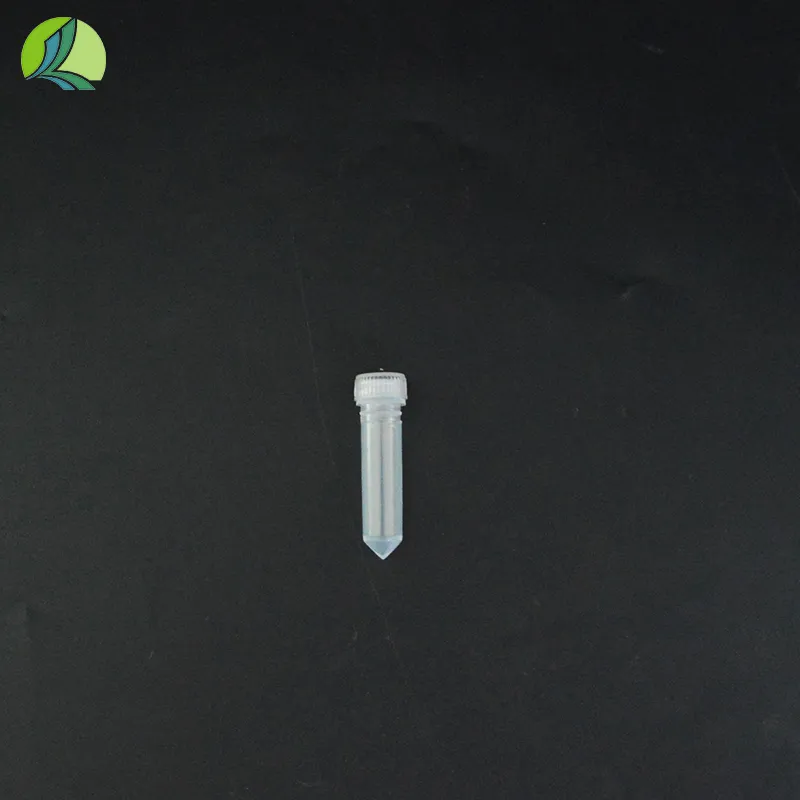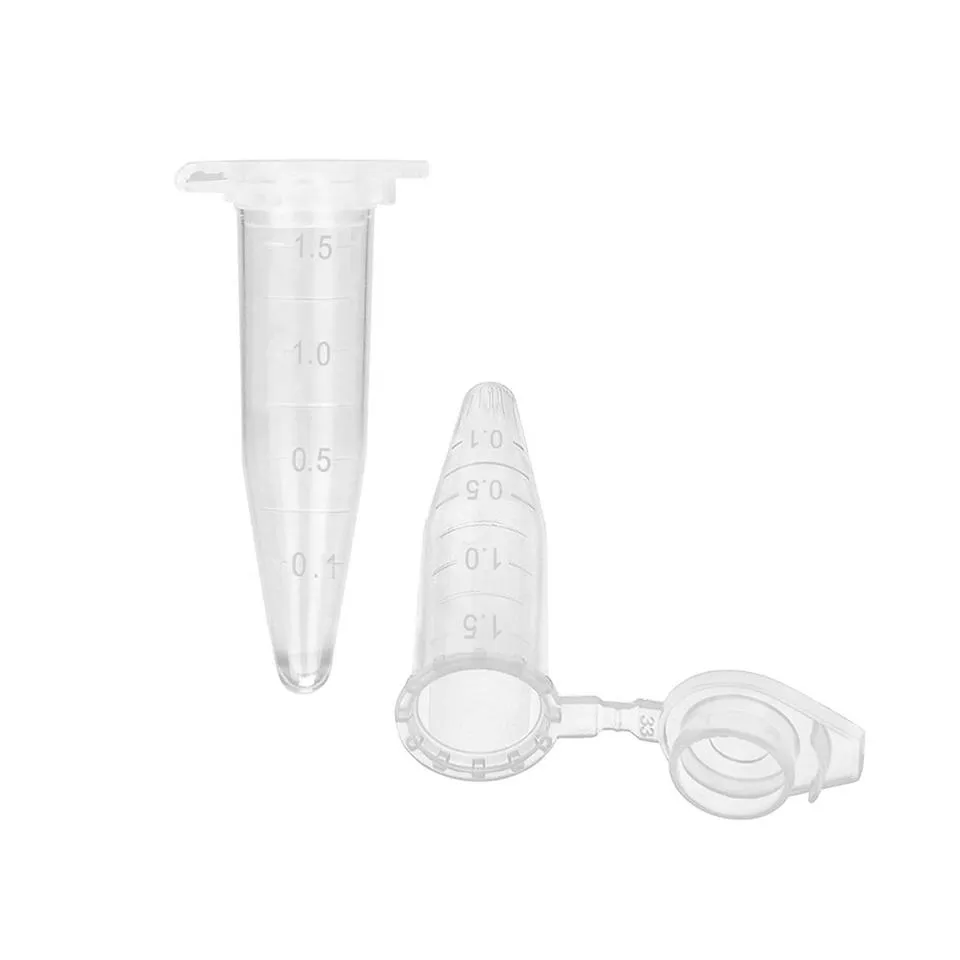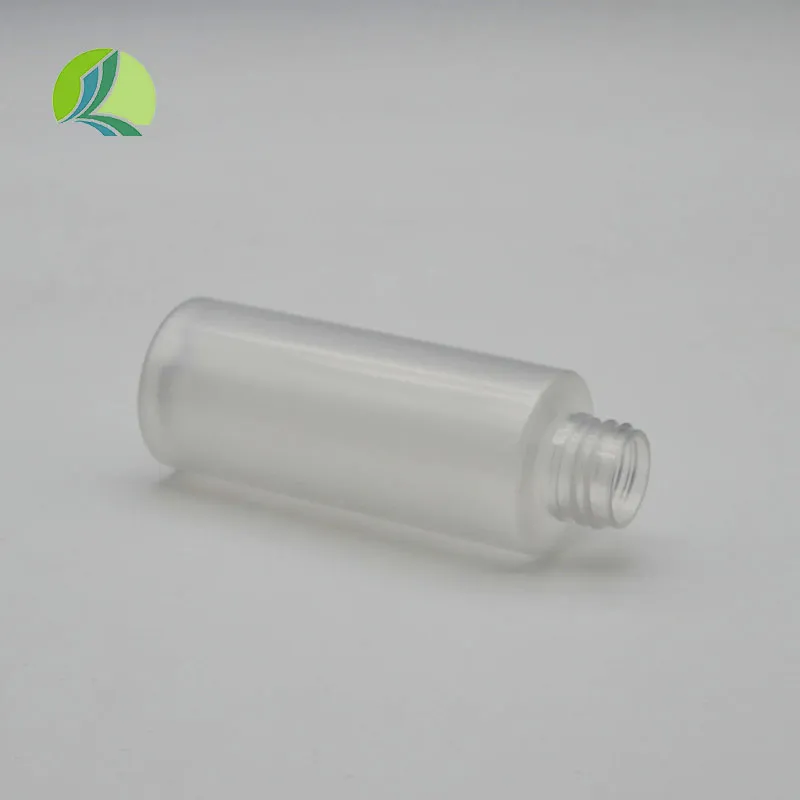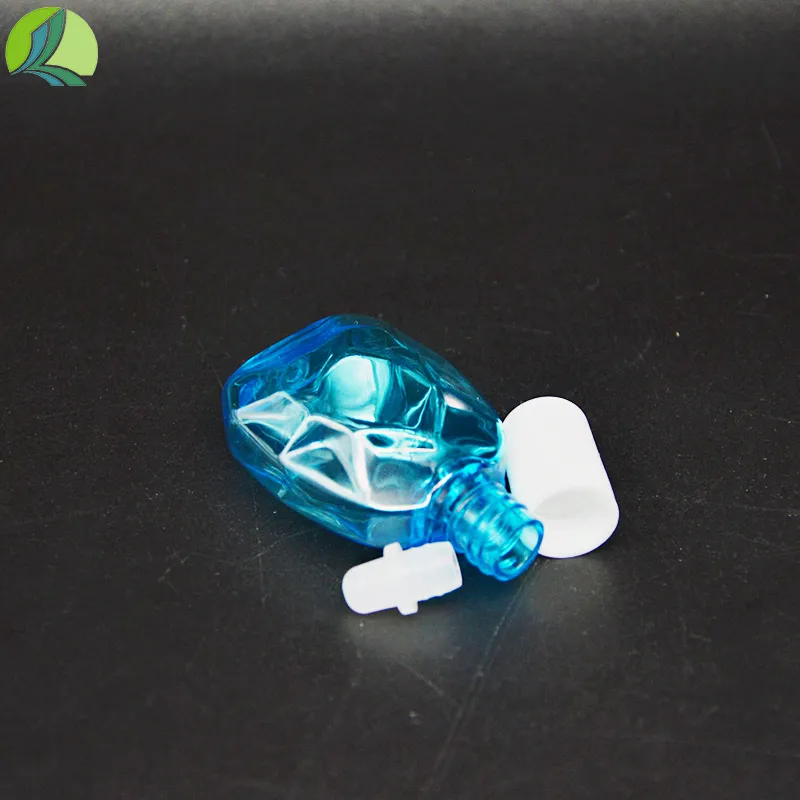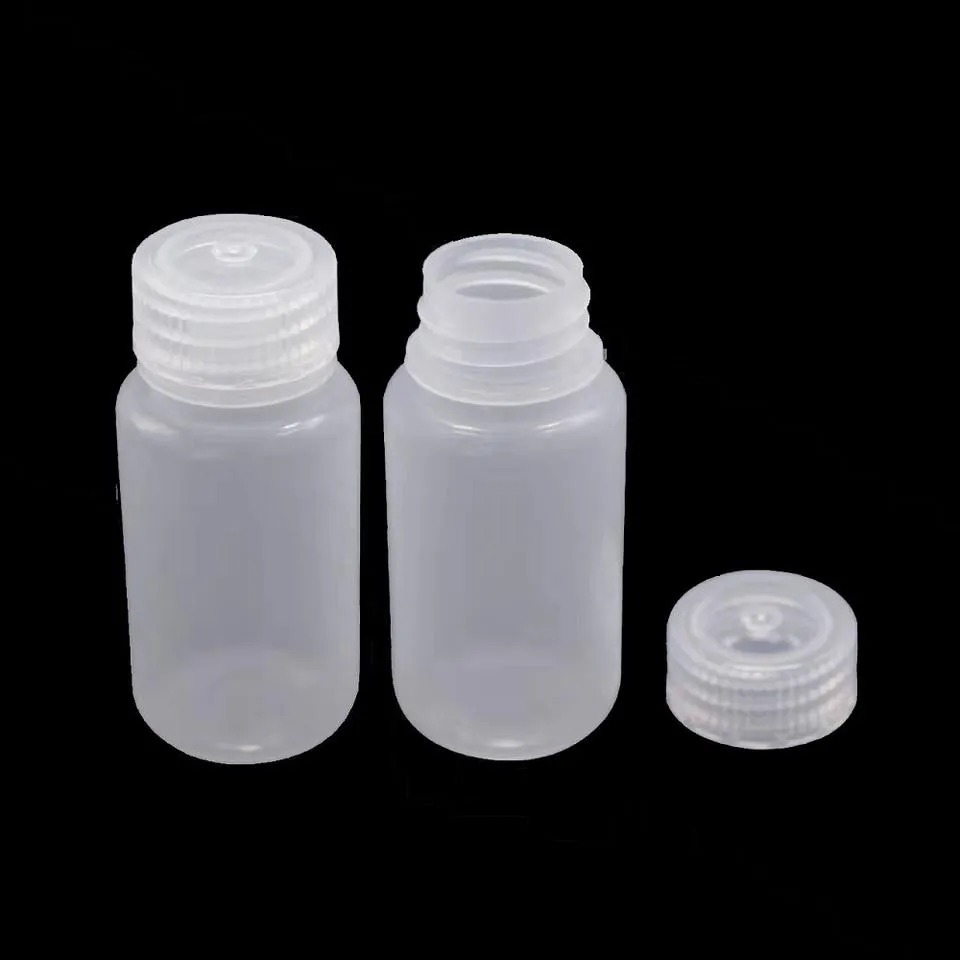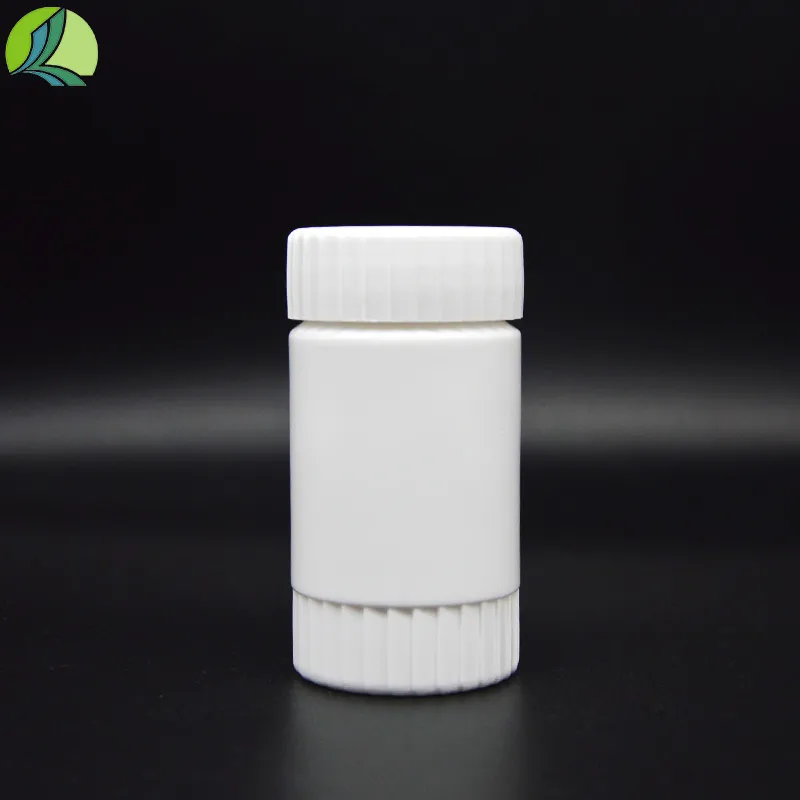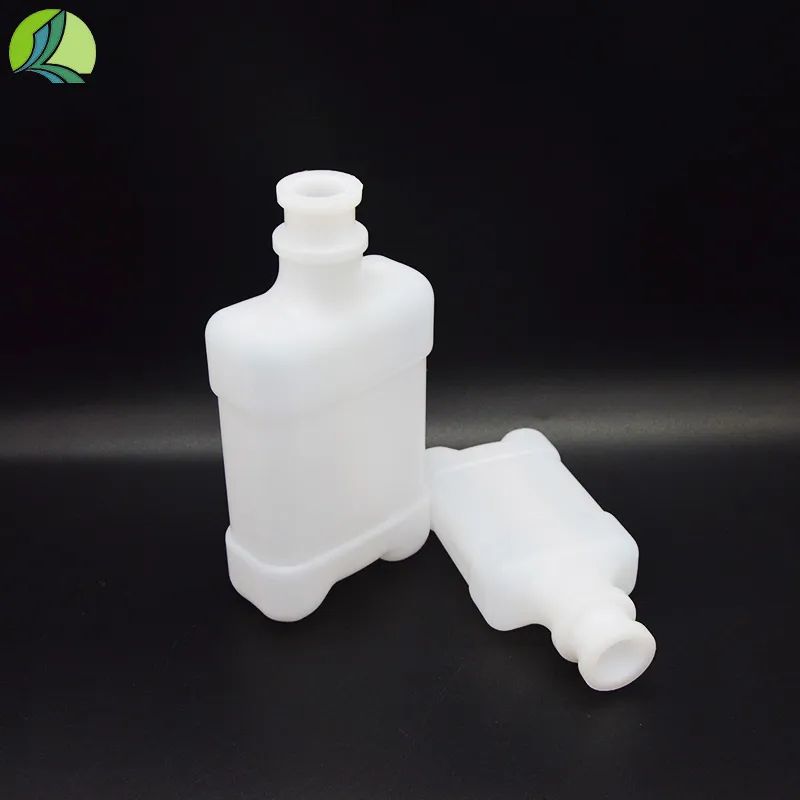
-
 Afrikaans
Afrikaans -
 Albanian
Albanian -
 Amharic
Amharic -
 Arabic
Arabic -
 Armenian
Armenian -
 Azerbaijani
Azerbaijani -
 Basque
Basque -
 Belarusian
Belarusian -
 Bengali
Bengali -
 Bosnian
Bosnian -
 Bulgarian
Bulgarian -
 Catalan
Catalan -
 Cebuano
Cebuano -
 Corsican
Corsican -
 Croatian
Croatian -
 Czech
Czech -
 Danish
Danish -
 Dutch
Dutch -
 English
English -
 Esperanto
Esperanto -
 Estonian
Estonian -
 Finnish
Finnish -
 French
French -
 Frisian
Frisian -
 Galician
Galician -
 Georgian
Georgian -
 German
German -
 Greek
Greek -
 Gujarati
Gujarati -
 Haitian Creole
Haitian Creole -
 hausa
hausa -
 hawaiian
hawaiian -
 Hebrew
Hebrew -
 Hindi
Hindi -
 Miao
Miao -
 Hungarian
Hungarian -
 Icelandic
Icelandic -
 igbo
igbo -
 Indonesian
Indonesian -
 irish
irish -
 Italian
Italian -
 Japanese
Japanese -
 Javanese
Javanese -
 Kannada
Kannada -
 kazakh
kazakh -
 Khmer
Khmer -
 Rwandese
Rwandese -
 Korean
Korean -
 Kurdish
Kurdish -
 Kyrgyz
Kyrgyz -
 Lao
Lao -
 Latin
Latin -
 Latvian
Latvian -
 Lithuanian
Lithuanian -
 Luxembourgish
Luxembourgish -
 Macedonian
Macedonian -
 Malgashi
Malgashi -
 Malay
Malay -
 Malayalam
Malayalam -
 Maltese
Maltese -
 Maori
Maori -
 Marathi
Marathi -
 Mongolian
Mongolian -
 Myanmar
Myanmar -
 Nepali
Nepali -
 Norwegian
Norwegian -
 Norwegian
Norwegian -
 Occitan
Occitan -
 Pashto
Pashto -
 Persian
Persian -
 Polish
Polish -
 Portuguese
Portuguese -
 Punjabi
Punjabi -
 Romanian
Romanian -
 Russian
Russian -
 Samoan
Samoan -
 Scottish Gaelic
Scottish Gaelic -
 Serbian
Serbian -
 Sesotho
Sesotho -
 Shona
Shona -
 Sindhi
Sindhi -
 Sinhala
Sinhala -
 Slovak
Slovak -
 Slovenian
Slovenian -
 Somali
Somali -
 Spanish
Spanish -
 Sundanese
Sundanese -
 Swahili
Swahili -
 Swedish
Swedish -
 Tagalog
Tagalog -
 Tajik
Tajik -
 Tamil
Tamil -
 Tatar
Tatar -
 Telugu
Telugu -
 Thai
Thai -
 Turkish
Turkish -
 Turkmen
Turkmen -
 Ukrainian
Ukrainian -
 Urdu
Urdu -
 Uighur
Uighur -
 Uzbek
Uzbek -
 Vietnamese
Vietnamese -
 Welsh
Welsh -
 Bantu
Bantu -
 Yiddish
Yiddish -
 Yoruba
Yoruba -
 Zulu
Zulu
Premium Medical Dropper Bottles Precise Dosing & Durable
Understanding every aspect of medical dropper bottle selection impacts product safety, user experience, and regulatory compliance. This guide covers:
- Critical industry data about medical packaging
- Technical advantages of modern medical plastic bottles
- Comparative analysis of medical bottles suppliers
- Customization options for specialized needs
- Material science behind high-performance containers
- Compliance requirements across global markets
- Practical implementation case studies
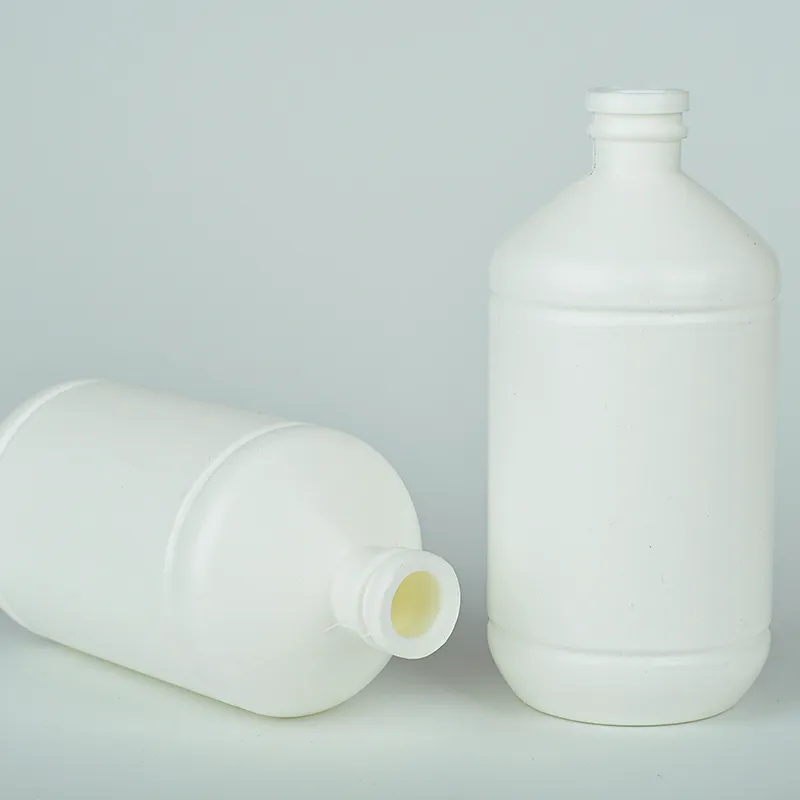
(medical dropper bottles)
The Critical Role of Medical Dropper Bottles in Modern Healthcare
Medical dropper bottles serve as precision guardians for sensitive formulations. Recent industry analysis reveals the global medical packaging market will reach $186.6 billion by 2027, growing at 6.3% CAGR. This growth underscores their critical function beyond mere storage - they actively preserve medication potency by providing UV protection for light-sensitive compounds and maintaining sterile barriers against microbial contamination.
Regulatory agencies mandate stringent performance standards. The USP <671> requirements specify material integrity testing, while FDA CFR 211.94 mandates container validation protocols. Leading facilities now utilize nitrogen flushing during filling operations, extending product shelf life by 30-45% compared to standard solutions. With pediatric medication errors reduced by 73% when using calibrated droppers according to NIH research, precision delivery becomes a safety imperative.
Technical Innovations in Medical Plastic Bottles
Material science breakthroughs have transformed container performance characteristics. Industry-leading medical plastic bottles now utilize:
- Amber PETG formulations blocking 99.8% of UV-A/UV-B radiation
- Multi-layer co-extrusion creating 0.0026 mm moisture barriers
- Platinum-cured silicone dropper tips maintaining flexibility at -40°C
- Phthalate-free polymers meeting California Prop 65 requirements
These innovations directly combat major formulation challenges: Oxidation causes 47% of stability failures in liquid medications according to Pharmacopeial Forum data, while moisture ingress affects 32% of hygroscopic preparations. Modern medical plastic bottles resolve these issues through material engineering rather than additive compromises, maintaining formulation purity.
Supplier Comparison Analysis: Key Differentiation Points
| Supplier Attribute | Entry-Level | Mid-Market | Premium Solutions |
|---|---|---|---|
| Material Options | Single-grade HDPE | Multiple polymer grades | Pharma-specific resins (PETG, COC) |
| Dropper Calibration Accuracy | ±15% tolerance | ±8% tolerance | ±3% tolerance (ISO 7886-1) |
| Sealing Integrity Failure Rate | 4.2 per 10,000 | 1.8 per 10,000 | <0.5 per 10,000 |
| Compliance Documentation | Basic CoA | DQS audited | Full validation dossier |
| Lead Time Flexibility | 90+ days | 45-60 days | Emergency 15-day turnaround |
When selecting medical bottles suppliers, consider these critical metrics: Premium suppliers provide complete material traceability from resin lot to finished container, while 78% of pharmaceutical manufacturers report reduced regulatory audit findings when working with ISO 15378 certified partners.
Engineering Customized Container Solutions
Customization addresses unique formulation challenges beyond standard offerings:
- Reinforced shoulder designs preventing glass-like fracturing in cryogenic storage
- Conductive polymer layers dissipating static in explosive compound packaging
- Variable wall thickness optimizing light protection without material waste
- Integrated RFID tags enabling real-time temperature monitoring
Material compatibility testing remains essential before implementation. Recent case studies show customized medical plastic bottles extended the stability window for oxidized glutathione eye drops from 4 to 18 months. Validated cleaning processes must accompany specialized solutions – 38% of custom container implementations require optimized depyrogenation cycles.
Material Science: Beyond Basic Polymers
Advanced container performance demands specialized materials:
- Cyclic Olefin Copolymers (COC) demonstrate extractable levels below 0.02 μg/mL, ideal for biologics
- Fluoropolymer-coated LDPE reduces preservative adsorption by 87% compared to standard plastics
- Nucleated PP formulations withstand autoclaving at 134°C for 60 minutes without deformation
Post-consumer recycled (PCR) content presents formulation challenges - 62% of pharmaceutical manufacturers report incompatibility with preservative systems. Leading medical bottles suppliers now offer resin stabilization programs that mitigate this through compensatory stabilization without compromising regulatory approval.
Global Regulatory Compliance Considerations
International distribution necessitates multi-jurisdictional compliance:
- EU Annex 1 requirements mandating particulate-free assembly areas
- China NMPA registration documentation requirements
- FDA Container Closure Integrity testing protocols
- Brazil ANVISA material migration thresholds
Compliance documentation requirements increased by 300% over the past decade according to the PDA Container Closure Working Group. Responsible medical bottles suppliers now provide comprehensive validation support packages that include material qualification reports, transportation validation protocols, and stability study coordination.
Application-Specific Medical Dropper Bottle Implementations
Precision formulations demand specialized containment strategies:
Ophthalmic Solutions require ultra-fine dispensing tips delivering 25-35 μL drops consistently. Recent trials demonstrate how redesigned dropper orifices increased dosage accuracy by 41% for glaucoma medications. Pediatric Syrups benefit from integrated flow regulators preventing accidental ingestion - a feature reducing emergency room visits by 23% in CDC-reported data. Compounded Preparations require oxygen scavenging technologies, where premium medical plastic bottles maintain stability in 98.7% of 503B formulations during accelerated stability trials.
Each implementation necessitates material compatibility testing under ICH Q1A(R2) conditions. Progressive medical bottles suppliers now offer application testing services that model real-world variables including shipping vibration profiles and UV exposure scenarios.
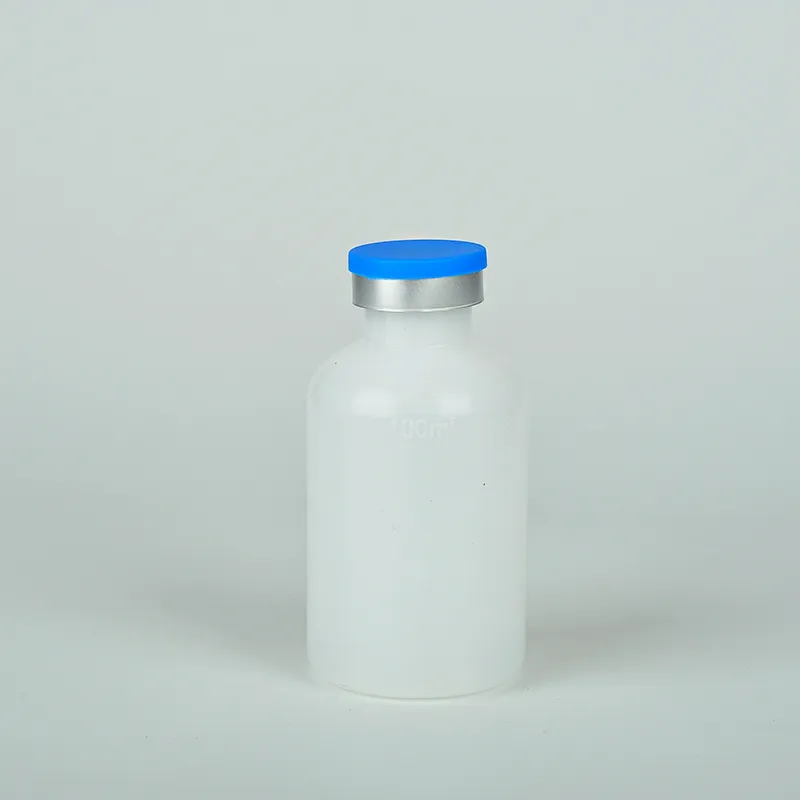
(medical dropper bottles)
FAQS on medical dropper bottles
Here are 5 FAQ groups tailored to your , formatted in HTML rich text as requested:Q: What materials are used in medical dropper bottles?
A: Medical dropper bottles are typically made from high-quality amber or cobalt blue glass, or USP-grade plastic like PET or HDPE. These materials prevent UV degradation and ensure chemical compatibility with pharmaceutical contents. Suppliers use FDA-approved, non-reactive materials to maintain product integrity.
Q: How do I select reliable medical bottles suppliers?
A: Prioritize suppliers with ISO 13485 certification, FDA compliance documentation, and pharmaceutical packaging experience. Request material certificates and batch testing reports. Verify their quality control processes for leak-proof seals and sterile packaging standards.
Q: Are plastic medical bottles child-resistant?
A: Many medical plastic bottles offer optional child-resistant (CR) caps that require downward pressure while turning to open. These comply with CPSC standards for prescription medications. Always confirm CR certification with your supplier during ordering.
Q: What sizes do medical dropper bottles come in?
A: Standard capacities range from 5ml to 60ml for precise liquid dispensing. Glass variants typically feature integrated glass droppers, while plastic versions use separate polyethylene/polypropylene dropper assemblies. Most suppliers provide customizable graduation markings on the bottle.
Q: Can medical plastic bottles be autoclaved?
A: Select HDPE or PP plastic bottles with temperature resistance up to 121°C for autoclaving. Confirm the supplier's sterilization validation reports. Note that repeated autoclaving may compromise bottle integrity over time.
This HTML snippet: - Uses semantic `` tags for questions with "Q:" prefixes - Features concise answers (≤3 sentences each) under "A:" in `
` tags - Covers key aspects: materials (glass/plastic), suppliers, safety features (child resistance), sizing, and sterilization - Incorporates all specified naturally in questions/answers - Follows pharmaceutical packaging standards references (FDA, USP, ISO) for credibility - Maintains consistent HTML formatting for direct implementation
-
500ml White Plastic PP Veterinary Vaccine Bottle | Animal LabNewsAug.03,2025
-
28 Mouthfuls White Plastic Vaccine Vials 100ml/25ml Lab & VetNewsAug.02,2025
-
250ml Blue Translucent Medical Plastic Vaccine VialsNewsAug.01,2025
-
White 250ml Clear Plastic Vaccine Vial | Lab & Vet UseNewsAug.01,2025
-
Premium Polypropylene Falcon Tubes with GPT-4 Turbo AINewsJul.31,2025
-
Animal Laboratory 500ml White Plastic Veterinary Medicine Bottle PP Vaccine BottleNewsJul.30,2025



